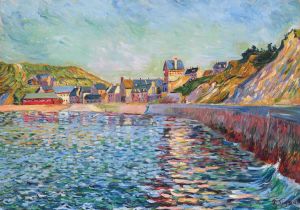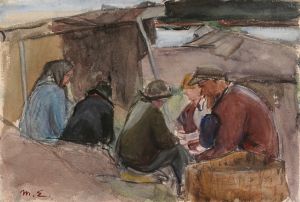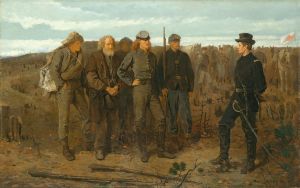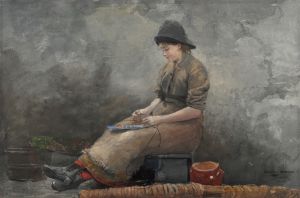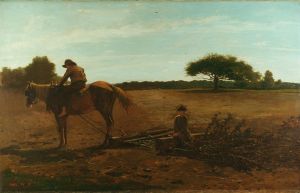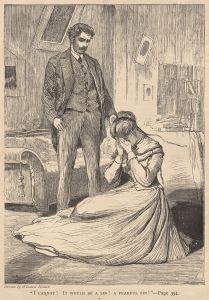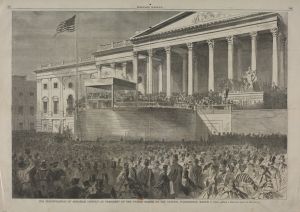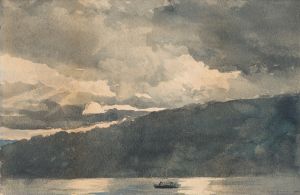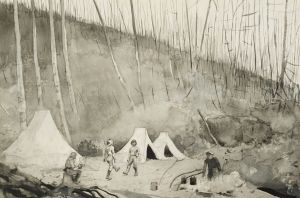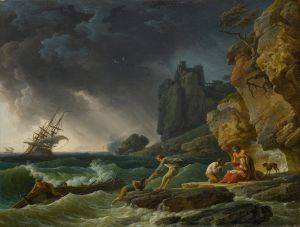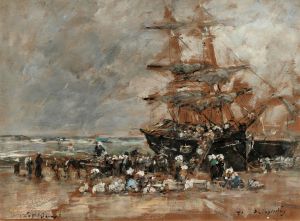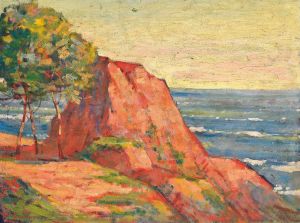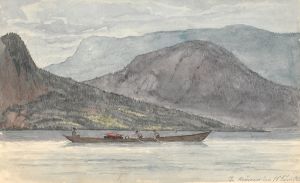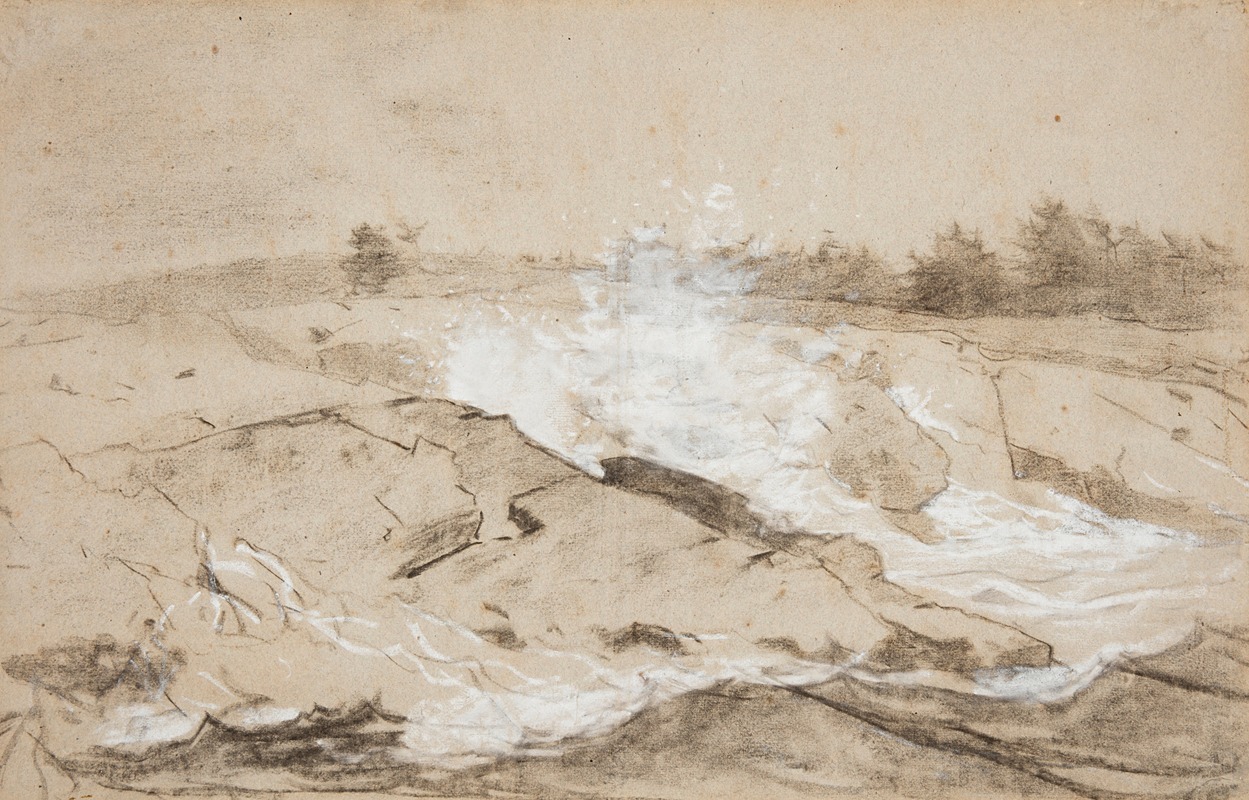
Black Point, Scarborough
A hand-painted replica of Winslow Homer’s masterpiece Black Point, Scarborough, meticulously crafted by professional artists to capture the true essence of the original. Each piece is created with museum-quality canvas and rare mineral pigments, carefully painted by experienced artists with delicate brushstrokes and rich, layered colors to perfectly recreate the texture of the original artwork. Unlike machine-printed reproductions, this hand-painted version brings the painting to life, infused with the artist’s emotions and skill in every stroke. Whether for personal collection or home decoration, it instantly elevates the artistic atmosphere of any space.
Winslow Homer, an eminent American artist known for his landscape and marine subjects, painted "Black Point, Scarborough" in 1887. This work is part of Homer's exploration of the rugged coastlines and the interplay between land and sea, themes that are prevalent in his oeuvre. Homer, who spent much of his later life in Prouts Neck, Maine, was deeply inspired by the natural beauty and the dramatic weather conditions of the area, which is reflected in this painting.
"Black Point, Scarborough" captures the essence of the Maine coast with its rocky shores and the powerful Atlantic Ocean. The painting is noted for its realistic depiction of the sea and the atmospheric effects that Homer masterfully rendered. His use of color and light in this work exemplifies his skill in capturing the transient effects of weather and the time of day, which are hallmarks of his mature style.
Homer's technique in "Black Point, Scarborough" involves a careful balance of detail and broad, expressive brushstrokes. This approach allows him to convey both the solidity of the rocks and the fluidity of the ocean. The painting is characterized by a subdued palette, which enhances the mood of the scene and reflects the often overcast skies of the Maine coast. The composition is dynamic, with the diagonal lines of the rocks leading the viewer's eye into the painting, creating a sense of depth and movement.
During the time Homer created this painting, he was living in relative seclusion at his studio in Prouts Neck, which allowed him to focus intensely on his work. This period is often considered one of the most productive and innovative phases of his career. Homer's fascination with the sea and its relationship with the land is evident in many of his works from this time, and "Black Point, Scarborough" is a prime example of this interest.
The painting not only showcases Homer's technical prowess but also his ability to evoke emotion and narrative through landscape. The scene is devoid of human figures, which is a common feature in many of Homer's later works, allowing the viewer to focus entirely on the natural elements. This absence of human presence can be interpreted as a reflection of Homer's own retreat from society and his desire to connect more deeply with nature.
"Black Point, Scarborough" is part of a larger body of work that has cemented Winslow Homer's reputation as one of America's foremost landscape painters. His ability to capture the raw beauty and power of nature continues to resonate with audiences today. The painting is held in high regard for its artistic merit and its contribution to the American art canon, exemplifying Homer's mastery in portraying the American landscape with both realism and emotional depth.





